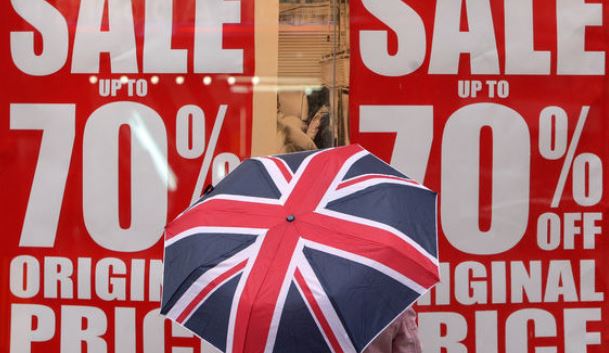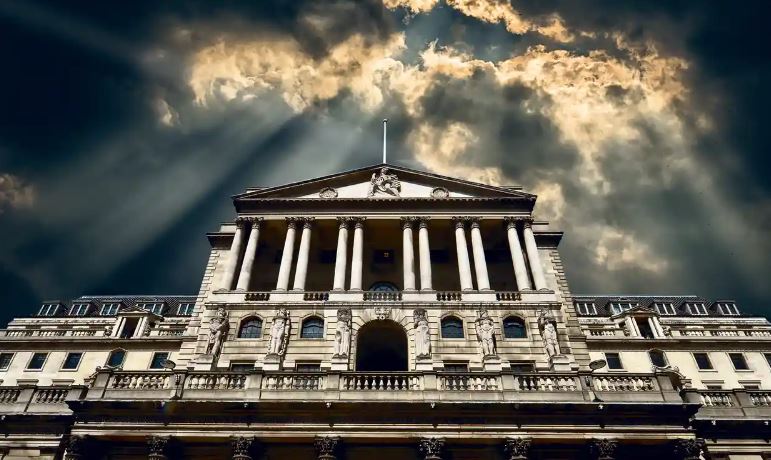|
This is not a great headline for the US economy, but lets take a closer look as it might not be as bad as the headline numbers suggest. If we look at domestic demand, we see that it is holding up very well, particularly in the face of the Omnicron wave which had an impact on economic momentum. In fact, consumer spending grew 2.7%, while non-residential investment expanded 9.2% and residential investment posted a 2.1% gain.
What Caused the Negative GDP Number? It was the drop in exports which was a result of weak foreign demand due to Covid restrictions, and a surge in imports that meant net trade subtracted a full 3.2 percentage points from headline GDP growth. With ongoing supply chain disruptions and inventories being run down, this has subtracted a further 0.8% while government spending fell in consecutive quarters and subtracted 0.5pp. Another Fed Hike in May? With inflation pressures remaining elevated and the labour market looking tight, today's disappointing GDP numbers shouldn't derail the outlook for a 50bp Fed interest rate hike next week. With all of these ingredients in the economic melting pot, we are likely to hear a lot more chatter about stagflation rearing it's ugly head.
0 Comments
With these numbers hitting the headlines, it's quite a challenge to see how UK consumer spending will avoid a downturn over the coming months. Could this prompt the Bank of England to slow down its rate rises, even with the inflation surpises we keep seeing? Lets take a closer look. The Cost of Living Squeeze Fuel prices are up 11% since the start of the year, and household energy bills have increased by an average of 54% this month, with another 30% increase looking likely in October. The consensus is for inflation to peak close to 9% in April but there is potential for it to move into double digits. This is all causing a cost of living squeeze but it doesn't fully explain the recent downtrend in retail sales. It is highly likely that consumers are switching to services after the Omnicron wave. According to the monthly GDP numbers, the balance between retail and hospitality/recreation spending is now back to pre-virus levels, after a long period of above-average goods demand. If our hypotheis is correct and consumers continue with a preference for services rather than goods, then we are likely to see the cost of living crises showing up more in the retail numbers over the next few months. However, around 8% of GDP worth of ‘excess’ household savings has been built up during the pandemic, albeit most of this is concentrated in higher-income earners, and they are less likely to feel the impact of the cost of living squeeze. Payroll data also shows that higher income groups have had a noticeable acceleration in wage growth over the past two years, relative to the two years preceding the pandemic. This is in comparison to those in the lower-income percentiles who have not seen any noticeable acceleration in wage growth. So there is money to spend from the high income earners but aboslutely no guarantees that they will!
The Consumer Outlook According to the Bank of England, the near-term outlook for rate hikes heavily depends on whether the consumer outlook turns rapidly over the next few weeks, or whether any fall in spending is more gradual. One view is that a sharp deterioration in growth conditions could help to ‘short-circuit’ the ratchet higher in prices being set by companies. The jury is still out but we could see the BoE hike interest rates a few more times before pasuing over the summer months. The "zero-COVID" policy in China has resulted in a strict lockdown of 26 million people in Shanghai. This has led to lower expectations of oil demand in the second quarter of 2022 and the full year as a whole, the IEA said in its monthly Oil Market Report for April.
In addition to this, OPEC has cut its oil demand growth estimate for 2022 by almost 500,000 bpd due to lower expected global economic growth resulting from COVID lockdowns in China and teh Ukraine war. According to the IEA, lower demand expectations and steady output increases from OPEC+ members along with the US and other non OPEC+ countries, and massive stock releases from IEA member countries should prevent a sharp deficit from developing. Global inventories continued to draw down in February, with OECD industry stocks falling by another 42.2 million barrels to 2.611 billion barrels in February, nearly double the seasonal trend. Hower, in March, preliminary data shows a build in OECD industry stocks of 8.8 million barrels per the IEA estimates. They also stated that “From May onwards, close to 3 mb/d of Russian production could be offline due to international sanctions and as the impact of a widening customer-driven embargo comes into full force,” The agency noted that the massive release of stockpiles from the U.S. and IEA allies is a “welcome relief to an already tight oil market that’s facing heightened uncertainty amid the multitude of repercussions stemming from sanctions and embargoes targeted at Russia by the international community and consumer boycotts.” According to IEA’s estimates of OPEC+ supply, the alliance’s 19 members with quotas collectively increased oil production by just 40,000 bpd in March, compared to the 400,000 bpd planned increase. |
AuthorTim the trader Archives
January 2025
Categories |
Site powered by Weebly. Managed by iPage




 RSS Feed
RSS Feed